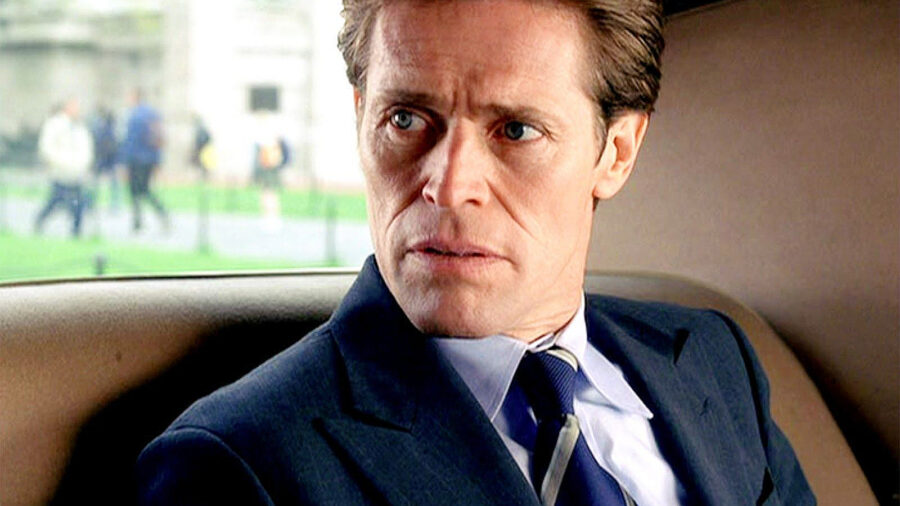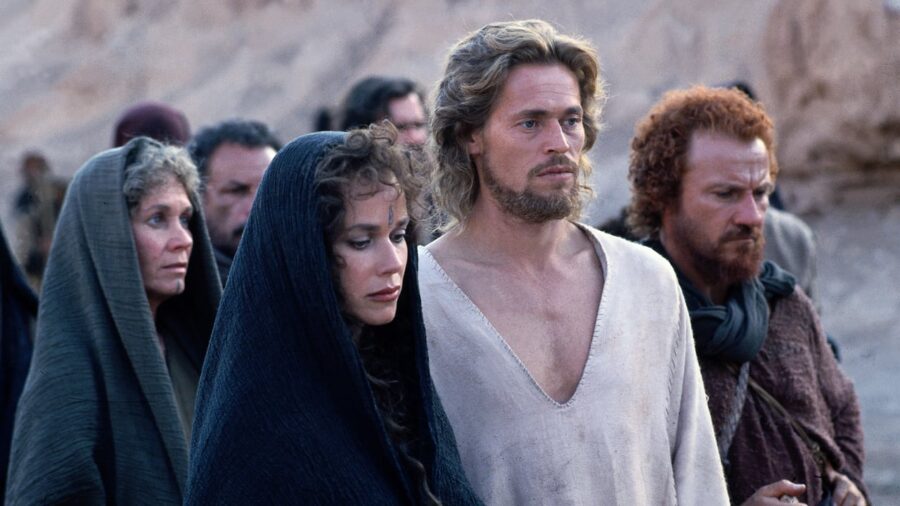The Willem Dafoe Movie That Caused A Terrorist Attack
Willem Dafoe's appearance in The Last Temptation of Christ caused so much turmoil, including a terrorist bombing attack.

Willem Dafoe’s 1988 film The Last Temptation of Christ was so controversial that it led to a domestic terrorist attack at a French movie theater. The film was directed by Martin Scorsese, and received overwhelmingly positive reviews from critics but sparked a cultural discourse that infuriated Christians of many backgrounds. Most notably, a far-right Christian nationalist group called the General Alliance Against Racism and for Respect of the French and Christian Identity bombed and set fire to the Saint-Michel cinema in Paris as the film was being shown, resulting in an event now colloquially known as the Saint-Michel Cinema Attack.
The GAARAFROTFCI proved to be about as competent with explosives planting as they were with creating a catchy name that rolls off the tongue, as the incendiary device was planted in a theater room where a different film was shown, injuring 13 people with burn wounds, none of whom were responsible for creating or distributing the controversial film. The damage was enough to close the cinema for three years. Willem Dafoe would go on to cite the film as the most demanding work of his career, while explaining that most of the controversy from the political far right came from people who hadn’t seen the film, arguing that the film is a beautiful work of art that any Christian should be proud of.
The movie stars Willem Dafoe as Jesus Christ, struggling with temptation and fear amidst the mounting pressure of his divine quiddity, featuring images of the Christian prophet struggling with sexual fantasies and living out his life as a flawed sinner. This depiction infuriated religious leaders such as the Archbishop of Paris, Jean-Marie Lustiger, as well as the excommunicated followers of Archbishop Marcel Lefebvre. Archbishop Lustiger also condemned the actions of the terrorist attacks, referring to the attackers as enemies of Christ, while continuing to refuse to watch the film in protest.

Further attacks on cinemas such as the Saint-Michel included acts of graffiti, physical assault and battery on theater patrons, and tear gas being thrown in and around theaters. Clearly, many were outraged by this Willem Dafoe feature.
The controversy for this Willem Dafoe film wasn’t just contained within the borders of France, as The Last Temptation of Christ was causing an uproar all over the world, leaving some to consider it one of the most controversial films of all time. Though the film opens with text explaining that the filmmakers did not seek to make a biblically accurate portrayal, instead opting to use fictional depictions of Christ to explore thematic narratives, this didn’t stop far-right extremists the world over from banning the film anywhere they could. Bill Bright, the founder of a religious extremist group, even attempted to buy all the original film canisters with the intention of burning them, destroying the film entirely.
A televangelist personality named Mother Angelica told her followers on the air that watching the film would be a cardinal sin condemning the viewer to hell. Willem Dafoe clearly drew the ire of the world over.
Of course, Willem Dafoe and Martin Scorsese went on to become some of the largest looming figures in Hollywood today, and many controversial films continue to stir up vitriol, sometimes leading to violence, but the blowback from The Last Temptation of Christ will always go down in history as one of cinema’s most widely spanning quarrels.












